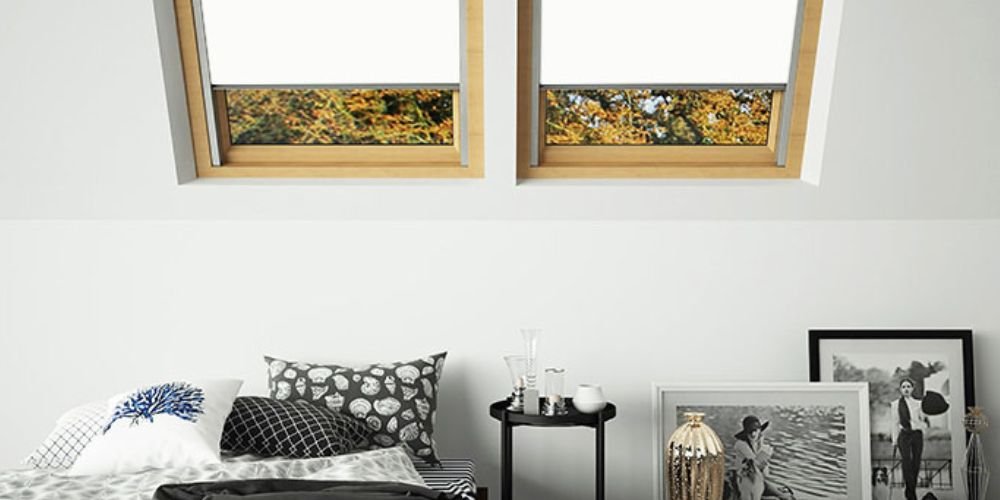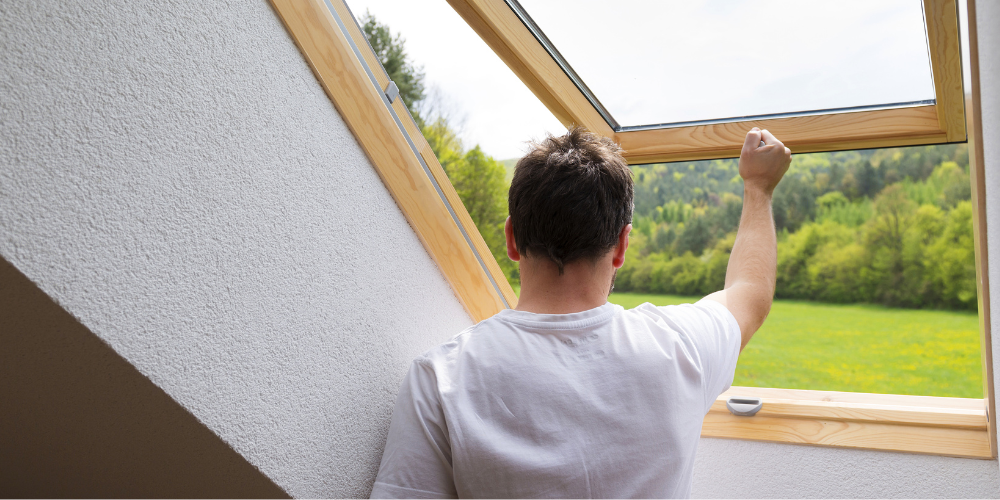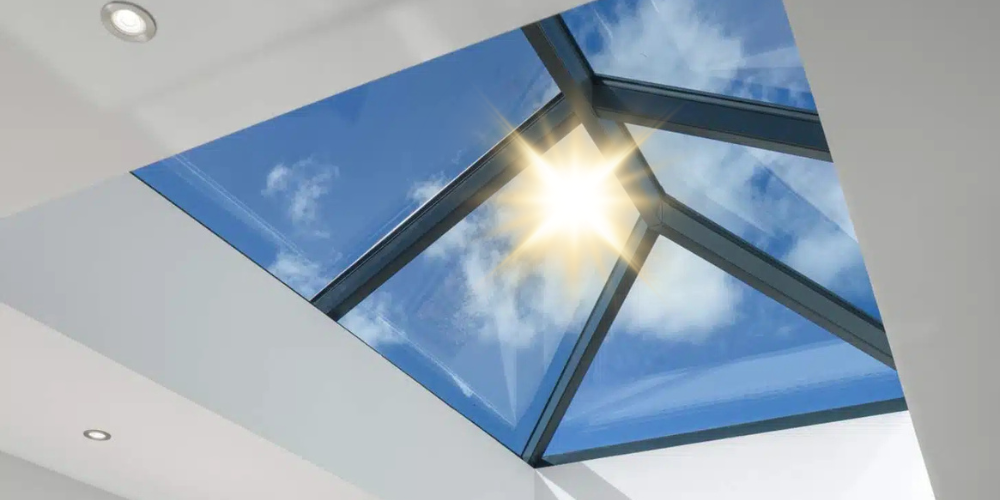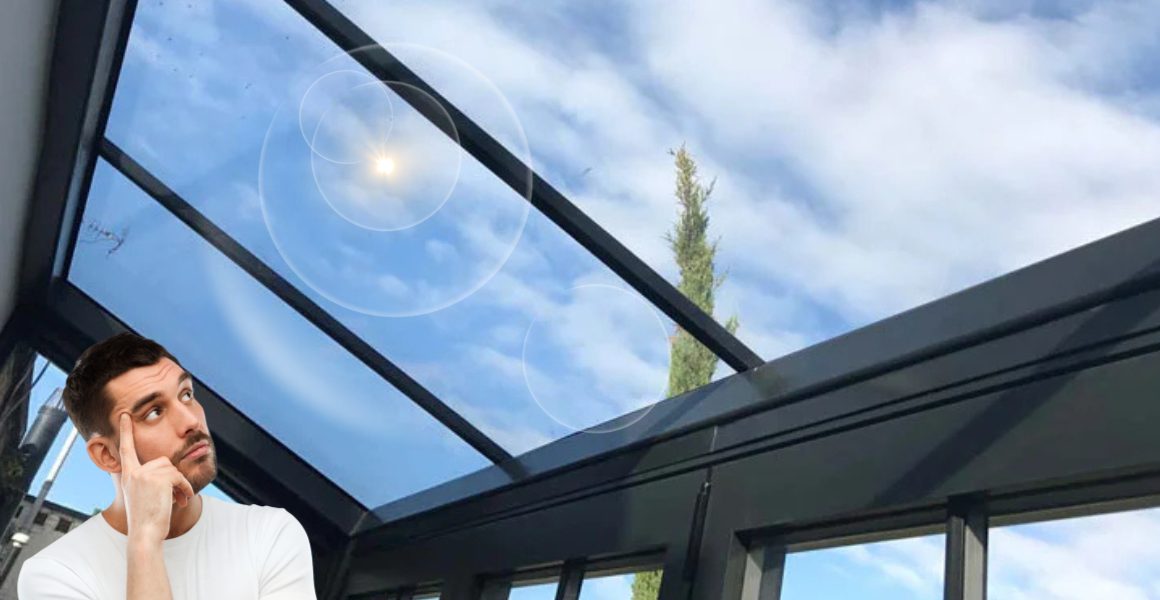Best Options to Cover Your Skylight - Guide
Skylights are unique to all other types of windows. Largely used in loft conversions or on single-floor extensions, they are an effective way of drawing in more natural light. However, because of their angle and unique placement, most blinds aren’t suitable. Yes - natural light is great and makes a room look larger when used effectively. But, there are also many situations where having the ability to control and minimise these light rays is essential. So, what can I use to cover my skylight?
In our opinion, the best and most effective way to cover your roof window is to use skylight blinds. These non-permanent covers can be adjusted to suit your needs. It’s unlikely that you’ll want your windows covered up entirely all day long. There are times when natural light is exactly what you need - for example when you’re entertaining. One of the main reasons many architects use slanted windows is to help angle the best light into an otherwise dark, dingy space. Skylight blinds have a similar construction to roller blinds. The key difference is that the fabric is held securely in channels that are screwed around the sides of the window recess. This counteracts the effects of gravity. The fabric remains fixed tightly to the window, offering ample coverage and preventing it from sagging over time. Our skylight blinds feature brush seals that further block out light and help to reduce heat loss too. There are also two main types - manual skylight blinds and electric skylight blinds.
Manual skylight blinds
As the name suggests, manual skylight blinds are ones that are operated by hand. Most roof blinds, while fitted in the body of the ceiling, can be reached if needed. To operate these blinds, you use a blind opening pole. The ones we have here at Skylight Blinds Direct are telescopic. Choose from two lengths - 1m telescopic poles that extend to 2m when operated and 1.2m telescopic poles that extend to 3m when operated. All you need to do is hook the end of the blind opening pole to the bottom bar and adjust the coverage as needed. The beauty of manual skylight blinds is that they have no additional components that need maintenance. Once your blind is fitted, you’ll be able to use it effectively for many years to come. And, the opening pole can be easily folded down and stored in compact areas - keeping it out of sight but available for when required.
Electric skylight blinds
Also known as motorised skylight blinds, this option is ideal for slanted windows that are out of reach. For example, if you’re working with a very high ceiling or have furniture in a way which prevents you from getting too close. Our solar-powered motorised skylight blinds are a modern, sleek and technologically advanced option. The hidden solar panel sits discretely in the back of the cassette. They have an independent design that eliminates the need for wiring. Once you have installed them, they will charge from exposure to natural light and never need a new battery or re-charging manually. These blinds are controlled by a supplied remote control. Suitable for use up to 35 meters away and able to control 20 blinds individually, they are a very practical way to manage light.
External skylight blinds
Also known as awning blinds, external skylight blinds fit snugly around the frame of the window. They sit externally, on the outside of your roof window and against the roof. There are a number of different style options, including those from leading brands such as Fakro®. In some locations, these blinds are highly effective at blocking out pests, while also offering a level of security and uplifting the external aesthetics of the property. The main difference (and our opinion, disadvantage) of external blinds is the ease of operation. Standard skylight blinds can be rolled up or down easily - either with a blind opening pole or remote control. To adjust external skylight blinds, you will need to do so from the outside of the building. This can be challenging and means you won’t be able to adjust them every day or with the changing sunlight.
Custom Skylight Covers
In some environments, it is necessary to cover skylight windows for an extended period of time. Perhaps you’re waiting for a new loft conversion and are battling against excessive light/heat from old windows. Or, you live in a location where direct sunlight significantly impacts your home’s comfort and want to prevent natural light from entering during certain months. In these instances, you can purchase skylight covers that sit on the outside of your property. They are manufactured to fit your exact window shape and clip over the frame. This entirely eliminates lights. These form-fitting covers are said to help lock in heat and tend to come manufactured from UV-resistant materials. However, they aren’t as easy to adjust as skylight blinds. You can either have a skylight cover on or off - there is no in-between.
What should I use to cover my roof window?
At the end of the day, the type of window covering that you choose for your skylight windows is an entirely personal decision. You should consider questions such as:
- How often do I need to adjust the cover on my slanted window?
- Can I easily access the exterior of my window?
- Can I access my window or are there furniture/obstructions in the way?
- Do I need a permanent solution?
- Do I need to control just light or are pests and heat a problem too?
Here at Skylight Blinds Direct, we truly believe that the best blinds for slanted windows are adjustable skylight blinds. Whether you choose manual blinds or remote control designs, they offer heightened control and can be used in any room in the house. Discover our wide range of skylight blinds on our website or get in contact if you would like more advice on the right option for you.



























































